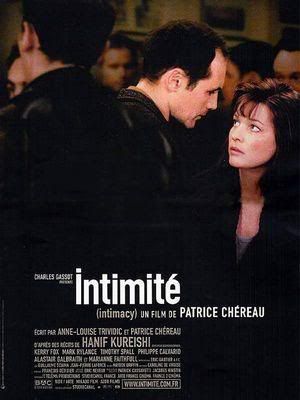Family Viewing (Atom Egoyan, 1987)
 The next stop in my Atom Egoyan watching spree was Family Viewing, a relatively early work that was Egoyan's first real success, gaining fans like Wim Wenders (who insisted on giving his prize to Egoyan) at the Montreal Film Festival. With its great direction and good script, you wouldn't think this film could lose. You'd be wrong. The story revolves around Van, a young man obsessed with his grandmother, who lives with his father, Stan, who is in a twisted sort of relationship with phone-sex operator Aline (Egoyan's wife Arsinee Khanjian, who is wonderful as always), and Stan's girlfriend Sandra, who is in love with Van. All the characters are hardcore voyeurs, always watching themselves or others on videotape instead of connecting with them in real life. This sounds like an interesting premise, and it is, but the film is all but ruined by the terrible performances. Understandably, Egoyan (probably, I'm not sure) had to use amateurs because he was not yet a known filmmaker, but it really ruins the realism of the film. All the actors, with the exception of Khanjian, but especially Aidan Tierney, who plays Van. Van's character is an exceptionally unlikeable one, basically still a child, but thinks he knows everything about the world. He is unbudgeable and obsessed with his grandma, but doesn't understand anything about real life. With a good actor, Van could have been an interesting, complex character, but in Tierney's hands, he is wooden and incredibly unlikeable. It makes the whole movie almost a chore to watch at times, and took me out of the action and into snobby Dana mode. Not a good thing. I recommend this movie for those who want to look at a great filmmaker's past, and see a movie that could have been great, but, for me, the ride itself wasn't enjoyable. 4/10 Labels: 1987, atom egoyan |



























